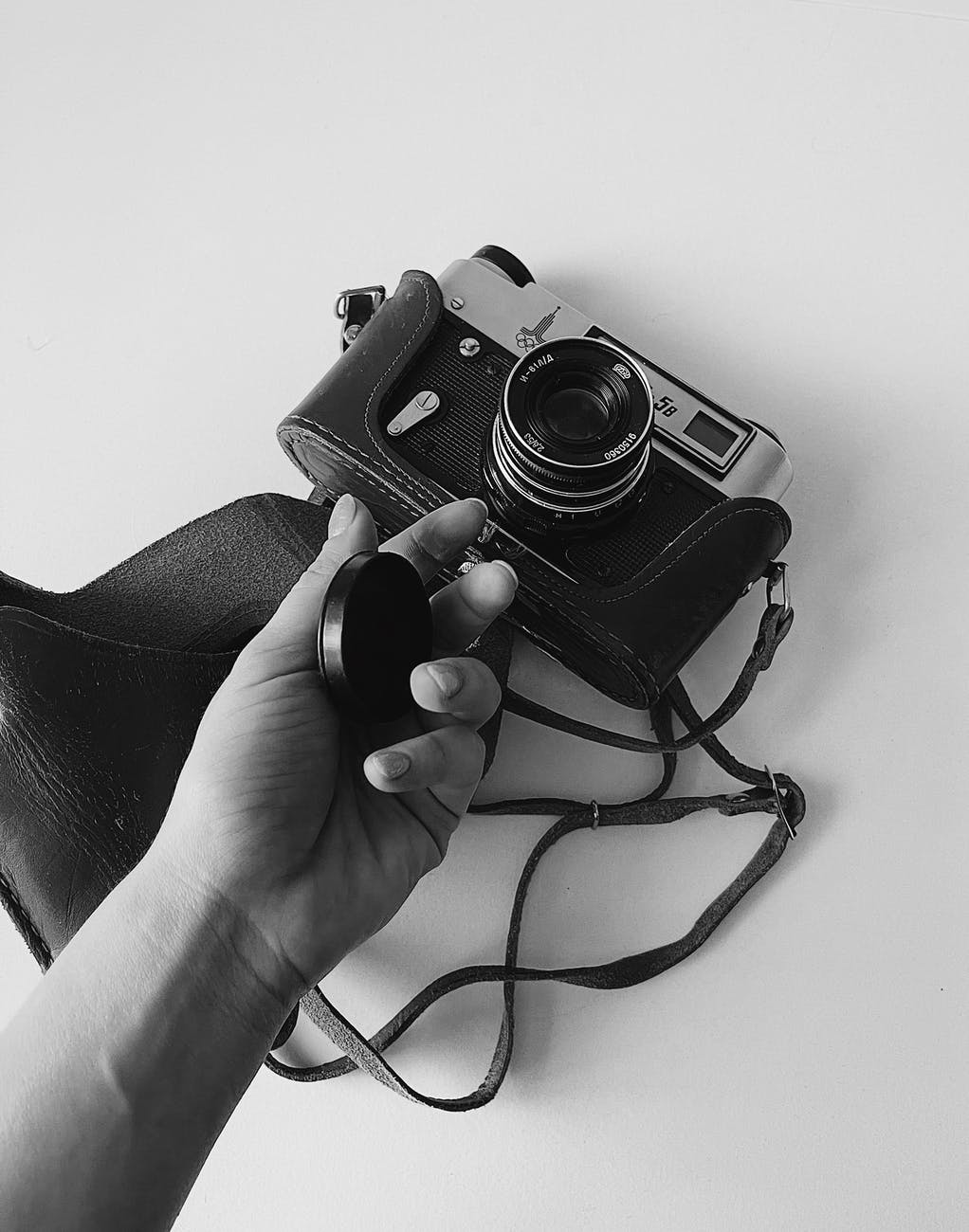
“I’m not a thank-you note writer,” he said. Nods all around the room. A brief conversation ensues, where everyone agrees that note-writing is something they don’t do.
“So, I gave her a shower gift, and I didn’t get a thank-you note until 6 months later!” General outrage at such a late note flutters around the room, along with some embarrassment.
Which is right? Are notes of thanks outdated, so it’s fine to not send them? Or are they so necessary that they even have “best by” dates intrinsically associated with them?
A little definition to start: a thank-you note need not be long, written in calligraphy, or paid for in postage. Depending on the situation and the person, the right thing to do might be a text, an email, a sticky-note, whatever. Maybe it’s actually in the form of flowers and a brief message the flower shop wrote for you. But it shouldn’t be nothing—even if it DOES take you six months. If I may offer…
THREE REASONS WHY THANK YOU NOTES ARE [STILL] IMPORTANT
1: Acting upon your gratitude increases both your gratitude and your enjoyment of the gift. It’s not that you aren’t grateful for the microwave they gave you for your wedding. You use it every day! It’s just that 15 people pooled together for it and that’s 15 whole notes, and ooof. But sitting down and writing those, one by one, will cement in your mind WHO gave it. You’ll remember them later, and the gift becomes associated with the giver. If you don’t happen to like the gift, this deliberate act of gratitude may be even more important in regard to the person. Active gratitude, cemented by the act of writing out your thoughts, makes the gift more meaningful in a way that passive gratitude–or straight-up ingratitude–can not do.
2: It is such a kindness to receive thanks. Aside from people who are waiting to be thanked (that’s perhaps another discussion), everyone recognizes that it takes effort and time to sit down and make yourself write that note. But to the people who never expected thanks, you really don’t know how encouraging it is to receive such a note—maybe not for a gift given, but a service rendered, or time spent. Acting on your gratitude can change someone’s entire attitude, day, or even their choices. Letting someone know that their actions or words were meaningful to you is more powerful that you can imagine. Maybe they were thinking people just aren’t worth the effort. Perhaps they weren’t feeling useful. Then you slipped a note onto their desk or under their door and it changed their day.
3. Gratitude is invisible unless it’s expressed, and invisible gratitude shares many features with…ingratitude. You’re not just FEELING thankful; you’re putting it into words. This has NOTHING to do with your personality or skill with words. This has everything to do with humility. It’s vulnerable to say something meaningful, sometimes. To stop and say thanks is really an exercise in putting someone else before yourself. It’s usually very inexpensive, but it’s never cheap.
Of course, the point is not to be anxious over missing someone or forgetting something important. You will likely need to remind yourself to write notes on a list, and if you’re like me, you’ll probably forget one you intended to send. (To be frank, I’ve only just remembered a note I need to send as I was writing this.) If you’ve just graduated or had a house-warming and have a stack of them, do two a day. Hand-deliver some; write them on paint-sample cards from Home Depot for a fun twist; record a video thank-you with your kids; make a phone call. But by all means, let’s remember to express our gratitude. Because if we don’t express it, was our gratitude really real?














